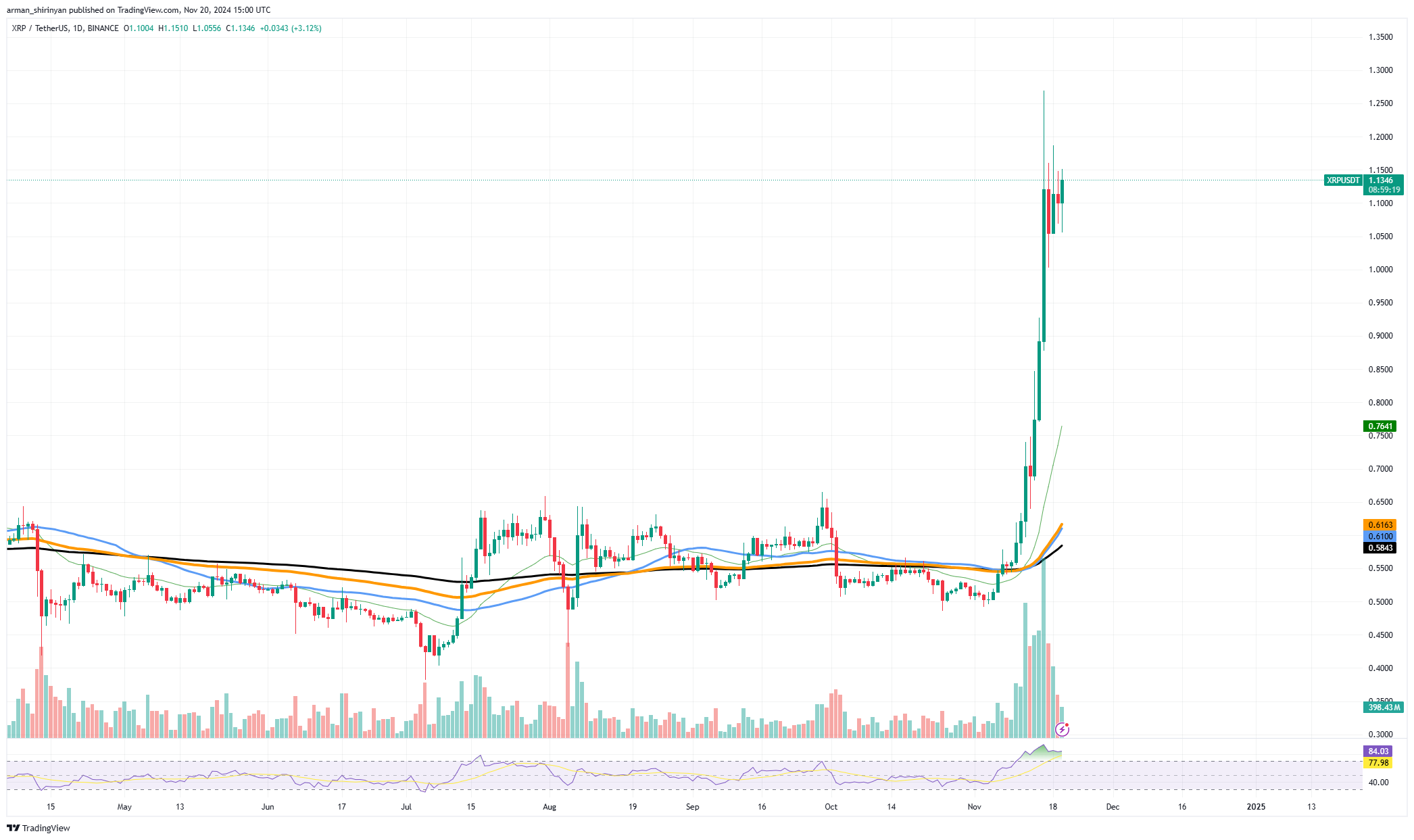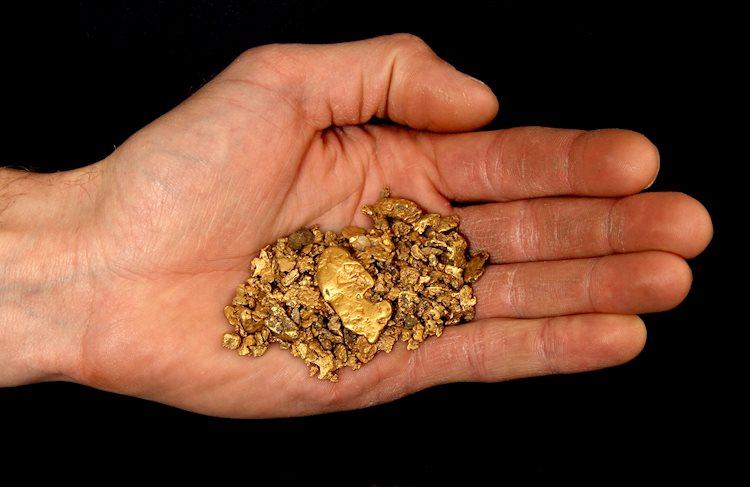Category: Forex News, News
1.0600 proves to be a tough resistance to crack
- EUR/USD trades below 1.0600 in the European session on Wednesday.
- The ECB will release Negotiated Wage Rates data for the third quarter.
- The technical outlook points to a bearish tilt in the near term.
After falling toward 1.0520 in the European session on Tuesday, EUR/USD staged a rebound and closed the day virtually unchanged. The pair, however, lost its traction after meeting resistance near 1.0600 and started to edge lower toward 1.0550.
Euro PRICE This week
The table below shows the percentage change of Euro (EUR) against listed major currencies this week. Euro was the weakest against the Canadian Dollar.
| USD | EUR | GBP | JPY | CAD | AUD | NZD | CHF | |
|---|---|---|---|---|---|---|---|---|
| USD | -0.21% | -0.43% | 0.93% | -0.82% | -0.81% | -0.36% | -0.39% | |
| EUR | 0.21% | -0.05% | 1.25% | -0.50% | -0.46% | -0.03% | -0.07% | |
| GBP | 0.43% | 0.05% | 1.32% | -0.45% | -0.41% | 0.02% | -0.02% | |
| JPY | -0.93% | -1.25% | -1.32% | -1.74% | -1.66% | -1.21% | -1.24% | |
| CAD | 0.82% | 0.50% | 0.45% | 1.74% | 0.03% | 0.46% | 0.43% | |
| AUD | 0.81% | 0.46% | 0.41% | 1.66% | -0.03% | 0.43% | 0.39% | |
| NZD | 0.36% | 0.03% | -0.02% | 1.21% | -0.46% | -0.43% | -0.03% | |
| CHF | 0.39% | 0.07% | 0.02% | 1.24% | -0.43% | -0.39% | 0.03% |
The heat map shows percentage changes of major currencies against each other. The base currency is picked from the left column, while the quote currency is picked from the top row. For example, if you pick the Euro from the left column and move along the horizontal line to the US Dollar, the percentage change displayed in the box will represent EUR (base)/USD (quote).
The pullback seen in the US Treasury bond yields made it difficult for the US Dollar (USD) to gather strength on Tuesday and helped EUR/USD find a foothold. Nevertheless, the risk-averse market atmosphere on a further escalation of the Russia-Ukraine conflict didn’t allow the pair to extend its recovery.
Later in the session, the European Central Bank (ECB) will release the Negotiated Wage Rates data for the third quarter. In the second quarter, this data came in at 3.53%. A bigger increase in Q3 could help the Euro stay resilient against its major rivals with the immediate reaction. Additionally, ECB President Christine Lagarde will deliver a welcome address at the ECB Conference on Financial Stability and Macroprudential Policy in Frankfurt, Germany.
In the absence of high-tier data releases, the risk perception could drive EUR/USD’s action in the second half of the day. At the time of press, US stock index futures were up between 0.2% and 0.3%. A bullish opening in Wall Street could limit the USD’s gains but investors could refrain from moving towards risk-sensitive assets amid the uncertainty surrounding geopolitics.
EUR/USD Technical Analysis
The Relative Strength Index (RSI) indicator on the 4-hour chart retreated below 50, reflecting a lack of buyer interest. On the downside, immediate support is located at 1.0550 (static level) before 1.0500 (round level).
In case EUR/USD rises above 1.0600 (50-period Simple Moving Average (SMA), Fibonacci 23.6% retracement of the latest downtrend), it could meet next resistances at 1.0670 (Fibonacci 38.2% retracement) and 1.0715-1.0720 (100-period SMA, Fibonacci 50% retracement).
Euro FAQs
The Euro is the currency for the 19 European Union countries that belong to the Eurozone. It is the second most heavily traded currency in the world behind the US Dollar. In 2022, it accounted for 31% of all foreign exchange transactions, with an average daily turnover of over $2.2 trillion a day. EUR/USD is the most heavily traded currency pair in the world, accounting for an estimated 30% off all transactions, followed by EUR/JPY (4%), EUR/GBP (3%) and EUR/AUD (2%).
The European Central Bank (ECB) in Frankfurt, Germany, is the reserve bank for the Eurozone. The ECB sets interest rates and manages monetary policy. The ECB’s primary mandate is to maintain price stability, which means either controlling inflation or stimulating growth. Its primary tool is the raising or lowering of interest rates. Relatively high interest rates – or the expectation of higher rates – will usually benefit the Euro and vice versa. The ECB Governing Council makes monetary policy decisions at meetings held eight times a year. Decisions are made by heads of the Eurozone national banks and six permanent members, including the President of the ECB, Christine Lagarde.
Eurozone inflation data, measured by the Harmonized Index of Consumer Prices (HICP), is an important econometric for the Euro. If inflation rises more than expected, especially if above the ECB’s 2% target, it obliges the ECB to raise interest rates to bring it back under control. Relatively high interest rates compared to its counterparts will usually benefit the Euro, as it makes the region more attractive as a place for global investors to park their money.
Data releases gauge the health of the economy and can impact on the Euro. Indicators such as GDP, Manufacturing and Services PMIs, employment, and consumer sentiment surveys can all influence the direction of the single currency. A strong economy is good for the Euro. Not only does it attract more foreign investment but it may encourage the ECB to put up interest rates, which will directly strengthen the Euro. Otherwise, if economic data is weak, the Euro is likely to fall. Economic data for the four largest economies in the euro area (Germany, France, Italy and Spain) are especially significant, as they account for 75% of the Eurozone’s economy.
Another significant data release for the Euro is the Trade Balance. This indicator measures the difference between what a country earns from its exports and what it spends on imports over a given period. If a country produces highly sought after exports then its currency will gain in value purely from the extra demand created from foreign buyers seeking to purchase these goods. Therefore, a positive net Trade Balance strengthens a currency and vice versa for a negative balance.
Written by : Editorial team of BIPNs
Main team of content of bipns.com. Any type of content should be approved by us.
Share this article:










